Lee Hopkins (SL: Lee Laperriere), an online communications strategist and Lindy McKeown (SL: Decka Mah), an educational consultant, presented at the Chartered Practising Accountants Congress. Both are well known Australian Second Life residents.
It was the first event in Second Life the accountants peak body has run, and by all accounts it was a success (geddit?).
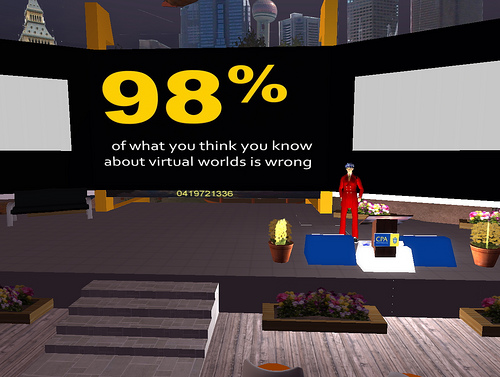
Lee has the full story on his blog – kudos to CPA Australia for taking the plunge with the Second Life session. When true ROI is demonstrated with virtual worlds, the bean counters themselves will be leading the charge if CPA Australia have anything to do with it.

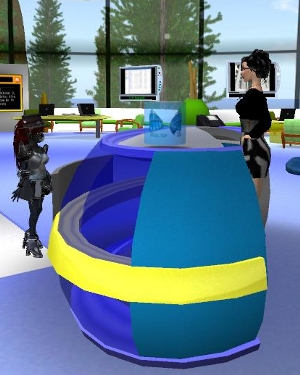
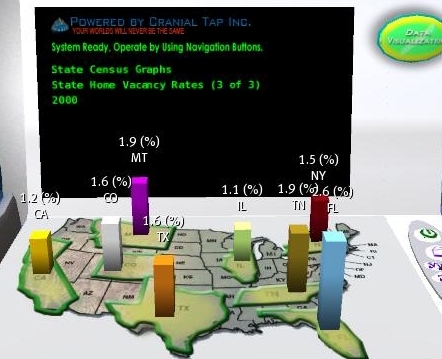
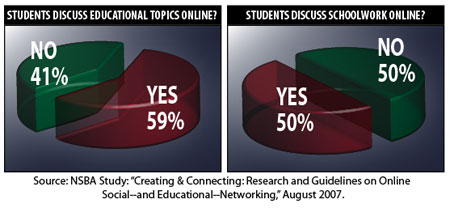
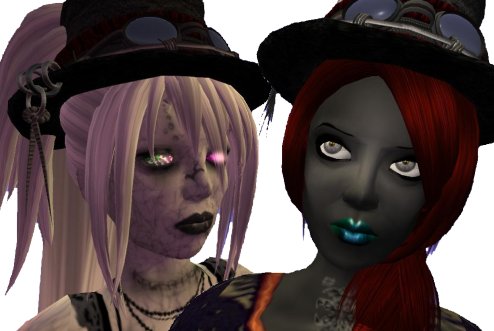
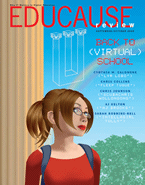
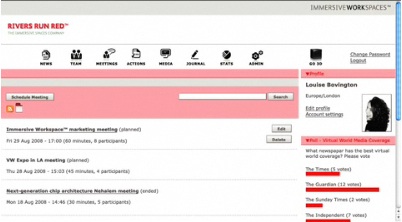
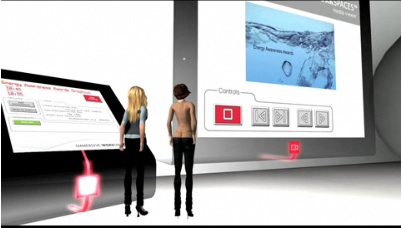
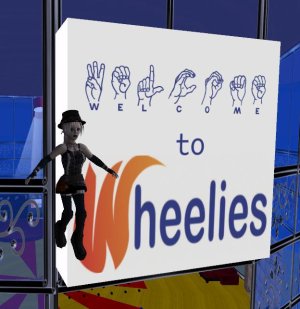
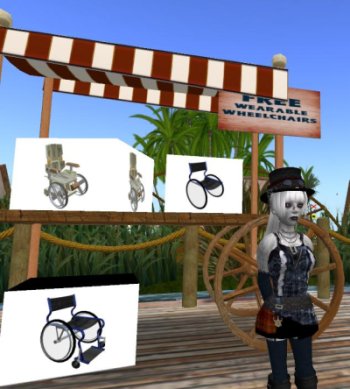

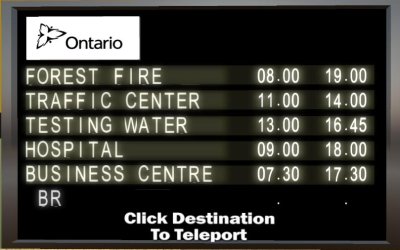
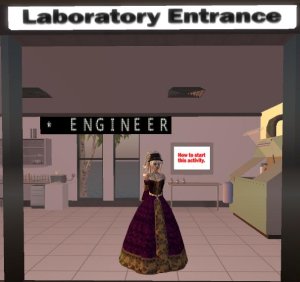
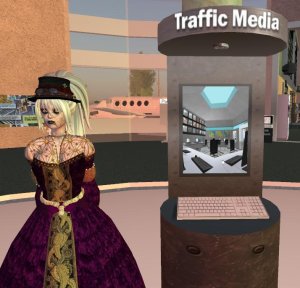
Recent Comments